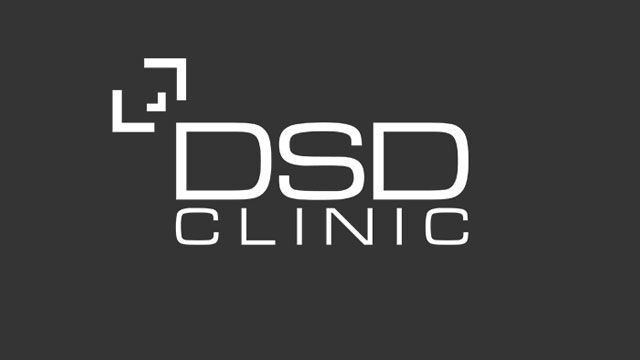
The rise of oral cancer, particularly amongst young males, is an alarming trend which has it’s origins in a sexually transmitted virus.
The Wall Street Journal commented today on the USA based Oral Cancer Foundation’s survey of oral cancer public awareness. This month the USA has Oral Cancer Awareness month. The article raises important points that have relevance for New Zealand.
Oral squamous cell carcinoma (OSCC) is the most common form of oral cancer. It is the sixth most common malignancy worldwide and is a major cause of morbidity and mortality. Statistics provided by the New Zealand Health Information Service in 2002 showed that OSCC accounted for approximately two per cent of all malignancies in New Zealand – a similar incidence to cervical cancer.
The link between oral cancer and the human papilloma viris (HPV) is clear and the incidence amongst young males is growing, largely through orogenital sexual activity. New Zealand has made major steps toward offering vaccinations for young women over the age of 13 to help reduce the impact of HPV on cervical cancer rates. There is some argument worldwide that vaccinating boys is also relevant in light of these findings.
Early detection can have a profound impact on mobidity and mortality and dental visits are are an important part of detection.
The Oral Cancer Exam should be conducted at all new patient visits, as part of a comprehensive assessment, and at each subsequent continuing care assessment. All dentists, hygienists and therapists are trained to carry out the oral cancer exam.
How Do I Know If I’m Having An Oral Cancer Exam?
Clearly a sore on your lip will be obvious to everyone, even you. The oral cancer exam is a distinct part of the dental examination process. Your dental professional is using both visual and tactile techniques to look for oral cancer which can take many forms.
Some signs are quite subtle, such as less flexibility in movement, asymmetry, slight reddening, hardness and rolled edges on ulcers. Palpating (touching and feeling the soft tissues) is important and your dentists will often use some soft gauze to pull out the tongue and look at the sides, top, back and base.
In addition, he or she will look at the roof and floor of your mouth, as well as the back of your throat and the tonsillar pillars on each side. When viewed directly from the front, the opening to the back of your mouth and throat should appear symmetrical and not swollen on either side.
A well-done visual and tactile examination , when conducted by a trained professional, will do a good job of finding oral cancer early if it is done annually.









